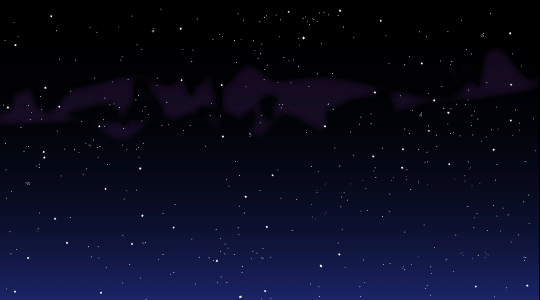
The Harvest Moon that appeared Oct. 1-2 pulled out cell phones to snap its full golden beauty. But there’s more to come in October for the casual sky watcher.
The Draconids, a meteor shower that may be spotted zooming overhead in the Northern Hemisphere Oct. 6-10, peaks Oct. 7-8.
The good news is watchers don’t have to wait until midnight and later because this meteor shower typically is seen in early evening. Plus, the moonlight won’t be a factor because the earth’s “nightlight” is in its gibbous waning phase and won’t be rising until later in the evening.
The sort of bad news is that the Draconids, at about five meteors per hour, are seldom prolific. Watchers may see just a few or get lucky as people in Europe did in 2018 and catch this meteor shower in one of its boom years.
The Draconids are called that because they seem to emanate from Draco the Dragon constellation above the Little Dipper. Look for them in the northwestern sky. The parent comet is 21P/Giacobini-Zinner.
But as, tv ads say, wait. A slightly more prolific meteor shower is coming soon and can be seen in both hemispheres.
The Orionids that tend to have 10 to 20 meteors per hour, will be peaking Oct. 20-22 just before dawn after a crescent moon sets. So the sky should be dark enough to see the meteors. However, the Orionids also can be blazingly bright so even in an unfavorable moonlit sky they can be seen.
Look to the club of the Orion the Hunter constellation that gives these meteors their name. The parent comet is IP/Halley making the Orionids the comet’s second meteor shower in a year. The first was the Eta Aquarids that came in May.
For more meteor information visit EarthSky, MeteorGuide, NASA /asteroidscometsmeteors and Space.
